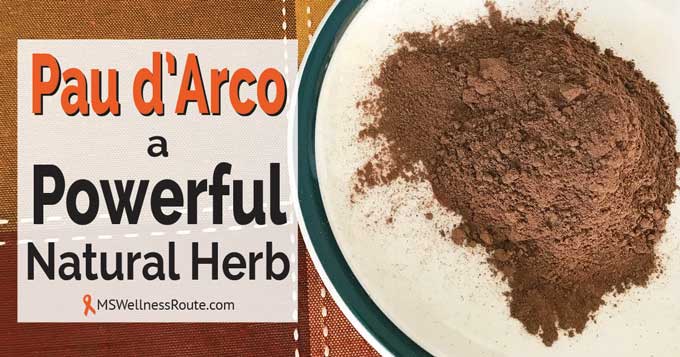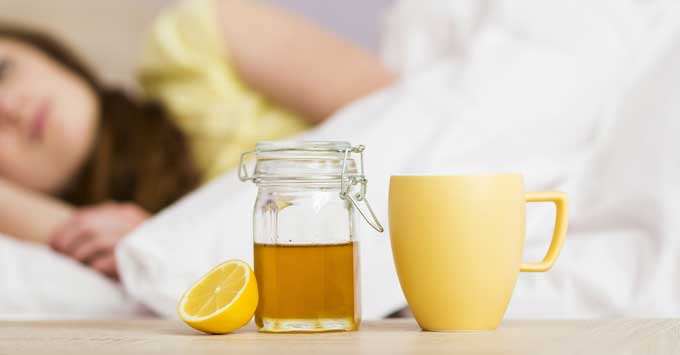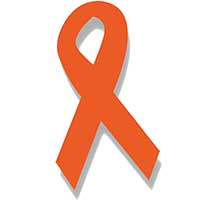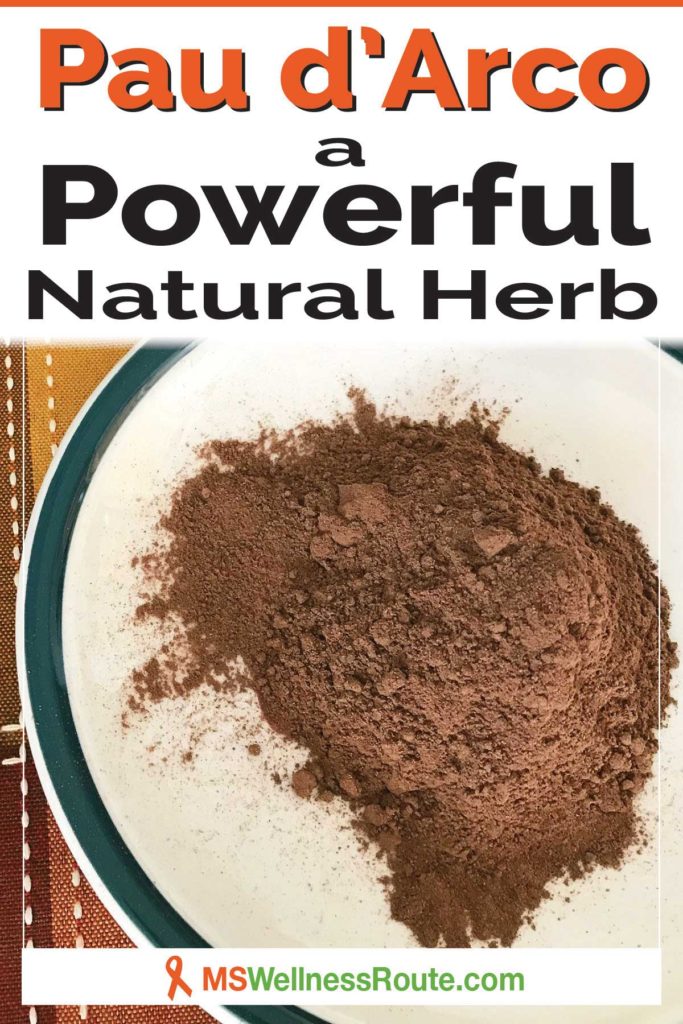Last Updated on November 29, 2023 by Cathy

Your body is an amazing system, it works to keep you healthy and to keep bacteria and fungus in balance. Yeast in your body isn’t a bad thing, it’s when it begins to grow out of control that it becomes a problem. When candida begins to grow it begins to cause many different health problems. Many people with multiple sclerosis (MS) have a yeast overgrowth and they don’t even realize it. That was me!
What is Candida?
Candida is a fungus, when it grows out of control it causes yeast infections. It affects your digestive system, genitals, mouth, nails, scalp, and skin.
Causes of candida:
- A high-sugar diet
- Antibiotics
- Birth control pills
- Chemotherapy
- Chronic stress
- Diabetes
- Steroids such as prednisone
- Weakened immune system
Candida overgrowth is hard to control. Once it is flourishing in your body it will be very hard to get back under control. Depending on how severe your candida is, it can take years to get it back under control.
I know from experience!
Candida feeds on sugar, that’s why you get sugar cravings. Our Western lifestyle is a feeding ground for candida. From our high sugar diet to our stressful lives. When you’re stressed it raises your blood sugar which feeds candida. Candida doesn’t care where the sugar comes from as long as it’s fed.
Getting Candida Under Control
The first step to fighting candida is to stop feeding it. If you’re currently eating the standard American diet you need to switch to a diet a natural diet. One that avoids processed foods, refined sugar, refined carbohydrates, and soda.
Start eating real food that is as close to nature as possible, like the Paleo diet. Since candida feeds on sugar you will need to eat a low-carb diet. Avoid eating natural foods that are higher in sugar like honey and maple syrup.
For a complete antifungal food list get my Foods to Eat and Avoid on the Candida Diet in my wellness library.
The second step is to start taking antifungals. There are pharmaceutical and herbal antifungals to choose from. The pharmaceutical antifungals are stronger but they are harder on the liver. You may have a hard time convincing your doctor for a prescription, my doctor wouldn’t give me one.
Herbal antifungals are much safer and easily available. You can get them from your local health store or online. Some foods are antifungals including coconut oil, garlic, ginger, and onion. There are also many supplements and herbs that fight candida and one powerful herb is Pau d’Arco.
What is Pau d’Arco?
Pau d’Arco comes from the inner bark of the Tabebuia tree which is native to Central and South America. The bark is highly resistant to rotting and other common tree pathogens. Studies show that pau d’arco has a high activity against fungi and yeast.
It’s used for medicinal purposes both antifungal and antibacterial. Such as asthma, bronchitis, cancer, diabetes, skin infections, stomach ulcers, and yeast overgrowth. It rids the body of bacteria, inflammation, parasites, viruses, and yeast/fungus.
Pau d’arco comes in many forms:
- Herb
- Liquid
- Supplements (capsules, soft gels, tablets)
- Ointment
- Tea
- Tincture
Switch antifungals each month to prevent resistance from building up.
Quick Links To Information In This Post:
Basics of the Paleo Diet
How to Start the Paleo Diet
6 Incredible Foods That Kill Candida
Pau d’Arco Tea
Pau d’arco tea has a slightly bitter taste. The first time I drank Pau d’arco tea it was hard to finish drinking the whole cup. I think I actually threw it out. I’ve gotten used to it now but even after drinking it for years, it still takes an acquired taste.
Fortunately, the taste isn’t so terrible that you can’t even drink it. The benefits it provides, it is definitely worth drinking while you’re trying to get it under control. Start by drinking one cup a day and work your way up to three cups a day.
I like taking pau d’arco as a tea even though it’s not that great tasting. I already take a lot of supplements and I didn’t feel like taking more pills plus, it costs a lot less than supplements. My favorite teas are from Traditional Medicinals or from Buddha Teas.
Herbal antifungals (not in any particular order):
- Berberine
- Black walnut
- Caprylic acid (coconut oil)
- Cinnamon (stabilizes blood sugar)
- Cloves
- Citrus seed extract
- Garlic
- Olive leaf extract
- Oregano leaf oil
- Pau d’arco
- Tea tree
- Turmeric
Die-Off

When you start taking an antifungal like pau d’arco you need to start slow and work your way up. As you start killing off the excess yeast your body has to work extra hard to expel. This is what’s known as a Herxheimer reaction or more commonly known as ‘die-off.’ It’s like when your body reacts to food sensitivity. If you notice any die-off reactions back down on your antifungals. You can also stop them altogether for a few days until you’re feeling better.
Everyone is different so the reactions will be different:
- Acne
- Brain fog
- Bloating
- Chills
- Constipation
- Diarrhea
- Dizziness
- Fatigue
- Gas
- Headache
- Mood swings
- Skin rash
- Sleep issues
- Swollen glands
Caution
If you’re on blood-thinning medications or having surgery soon avoid taking pau d’arco. Pau d’arco can interact with medications, always talk to your doctor first. You should avoid pau d’arco if you are pregnant or breastfeeding.
Make sure you buy pau d’arco from a reputable company. Many cheaper brands use the sawdust from lumber mills which includes none of the benefits. If you’re not mobile, antifungals could be too strong for your body to handle. Since you’re not moving your circulation isn’t working properly to help flush out toxins. Instead, slowly increase your probiotics to increase your good bacteria.
Rainforest

Pau d’arco is native to the Brazilian Amazon rainforest. It also grows in subtropical climates including the Caribbean, Florida, and Mexico. Unfortunately, it’s one of the endangered plants due to deforestation. If you are an environmentalist you may want to use another natural remedy.

Foods to Eat & Avoid on the Candida Diet
Get the password to my library which includes MANY wellness printables including the Foods to Eat & Avoid on the Candida Diet here by filling out this form:
Want to remember this health tip? Pin it to your favorite Pinterest board!

Resources:





